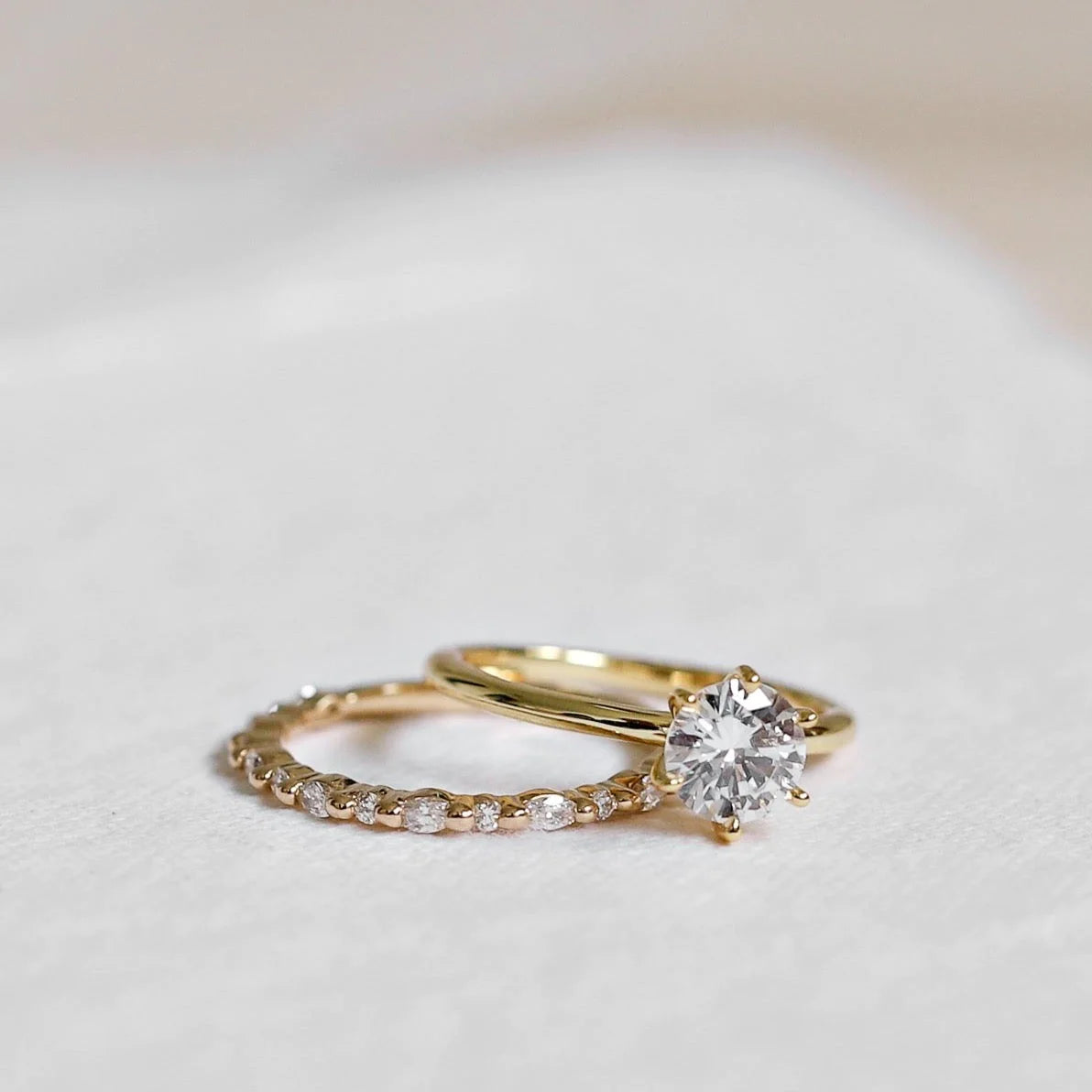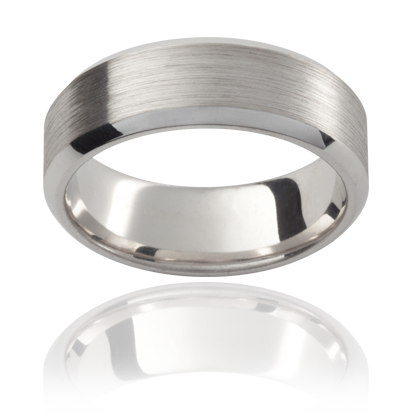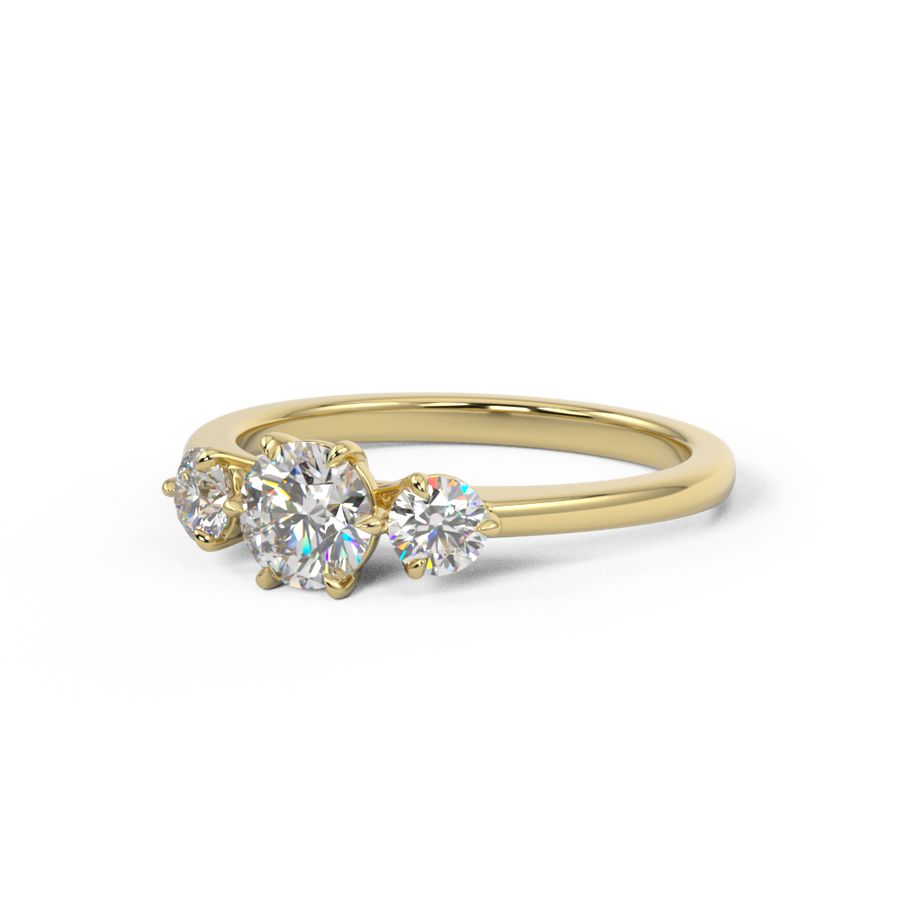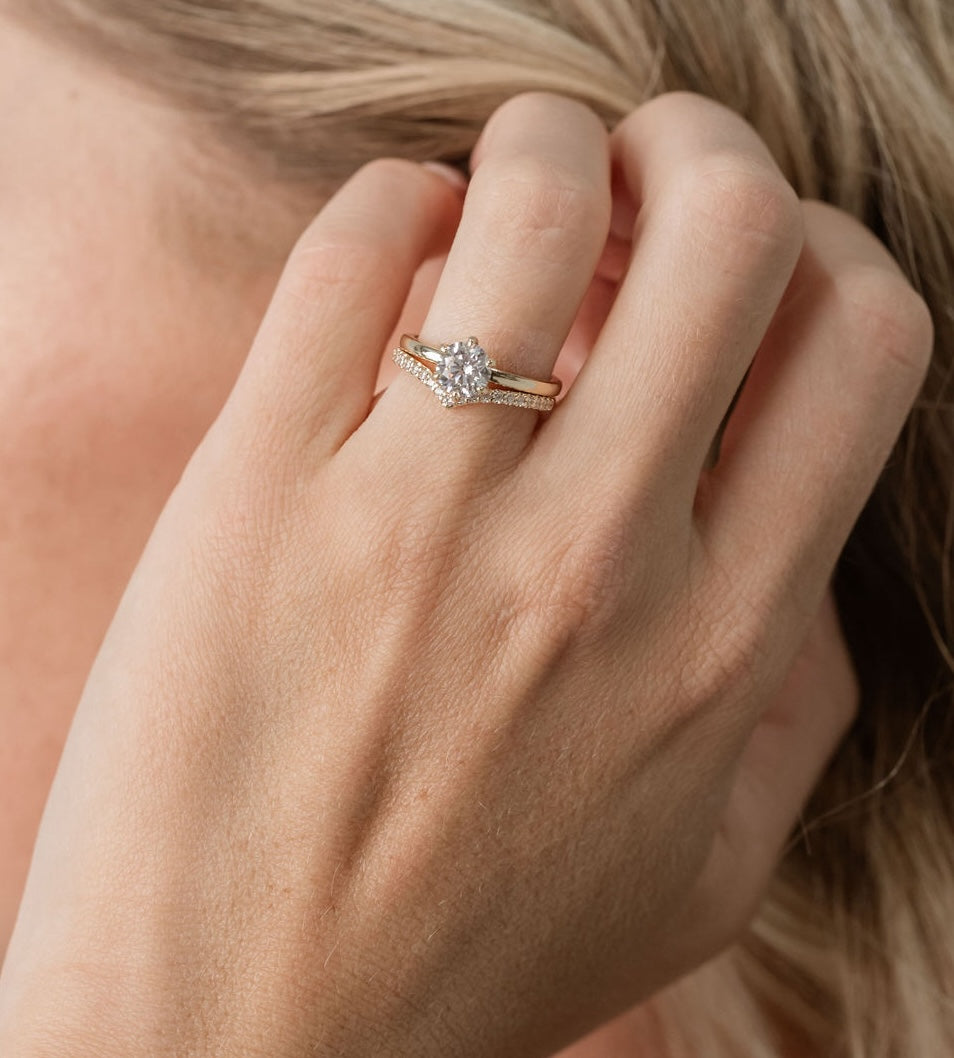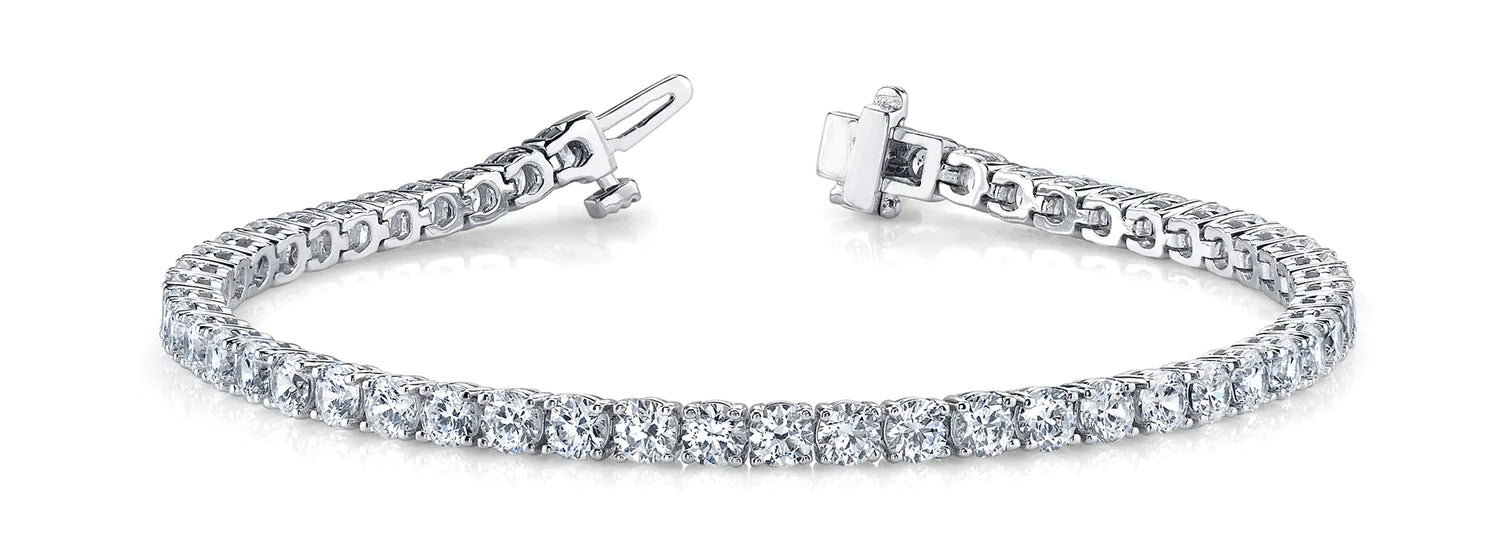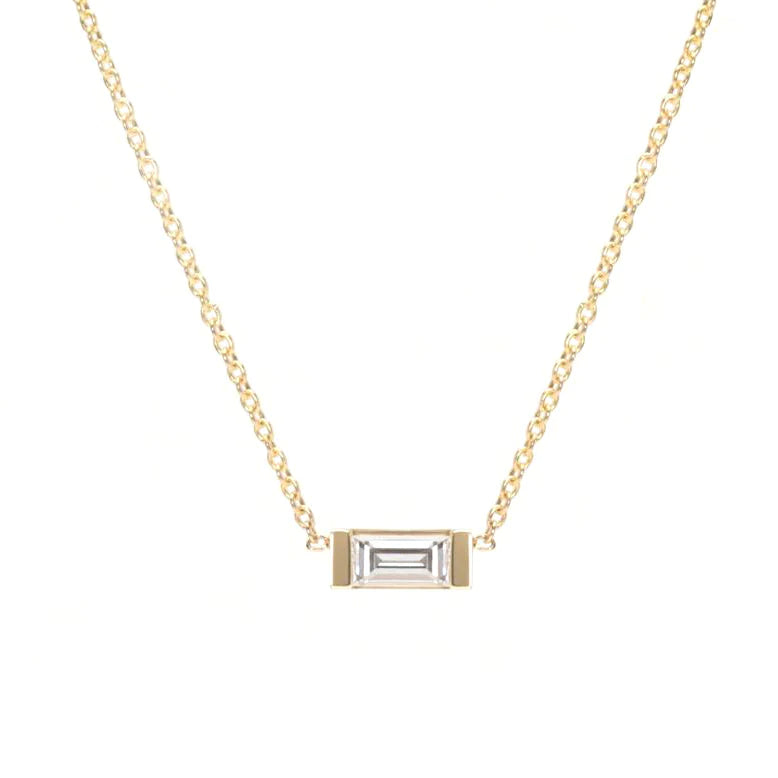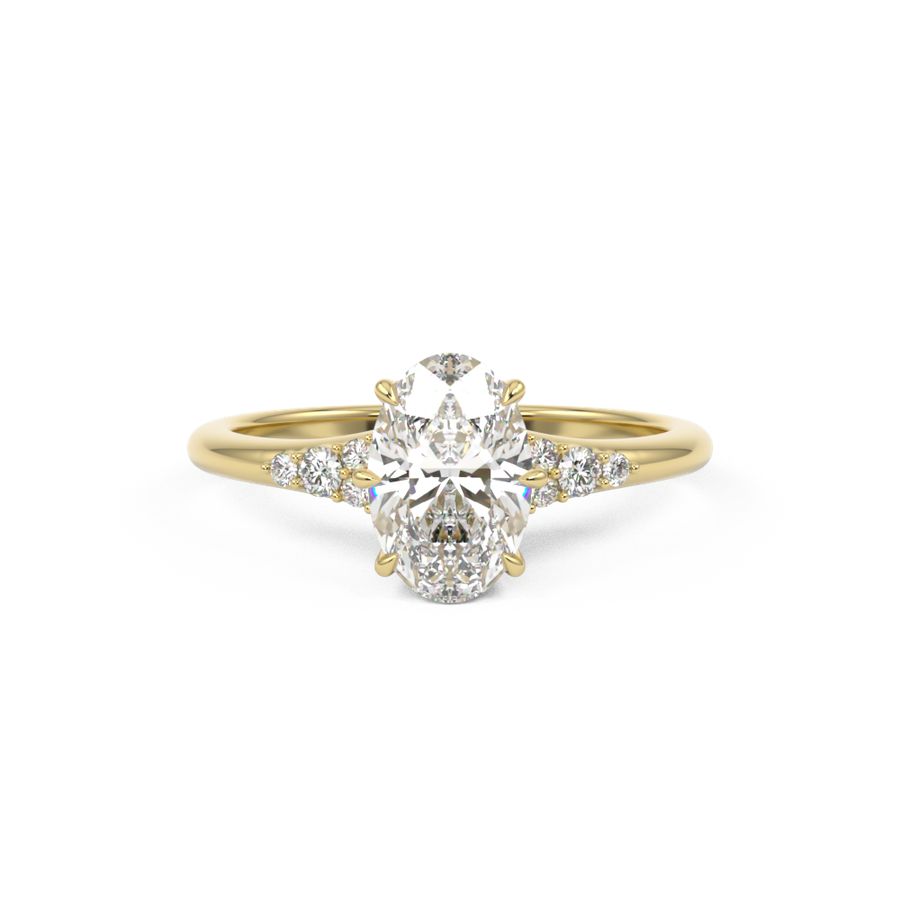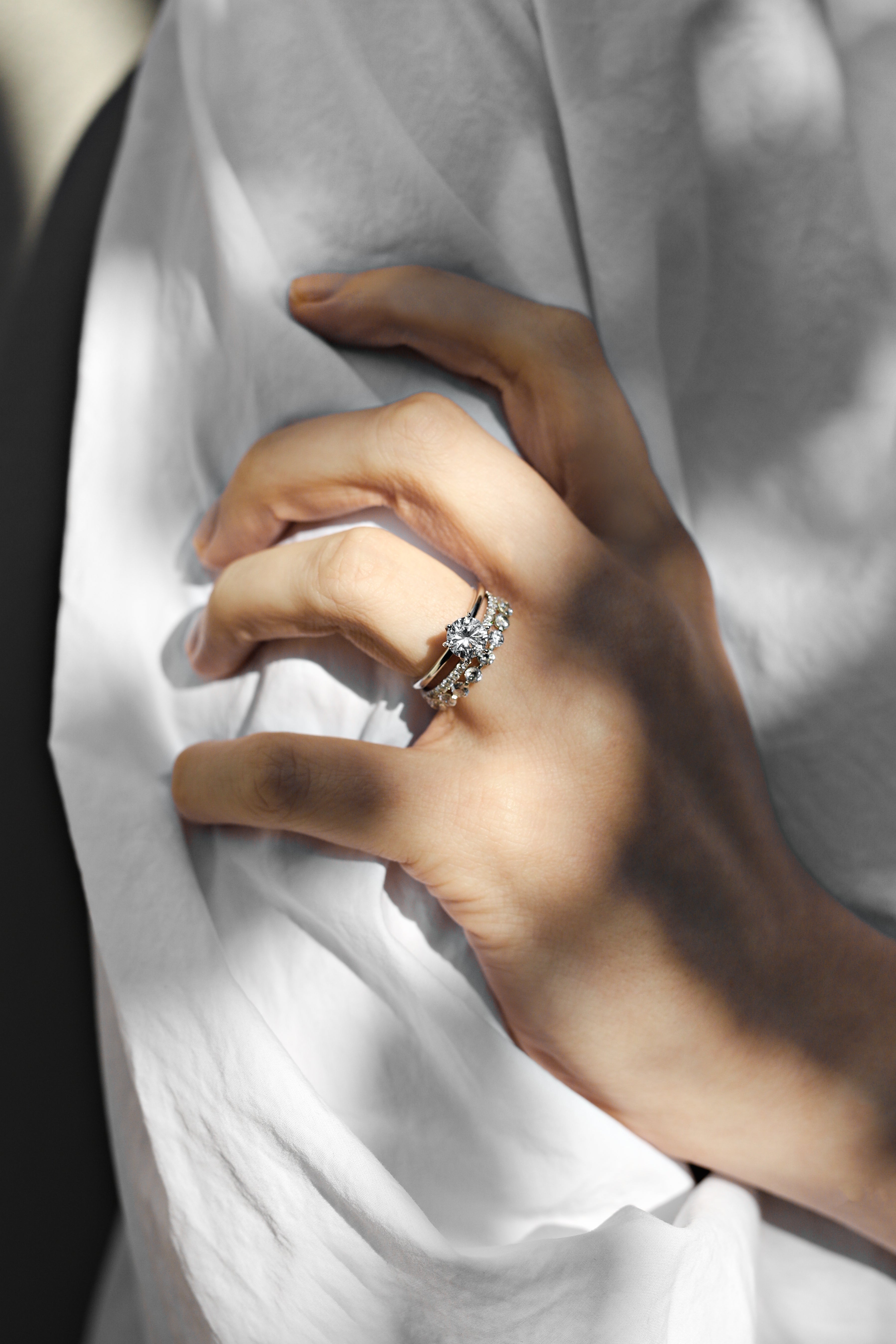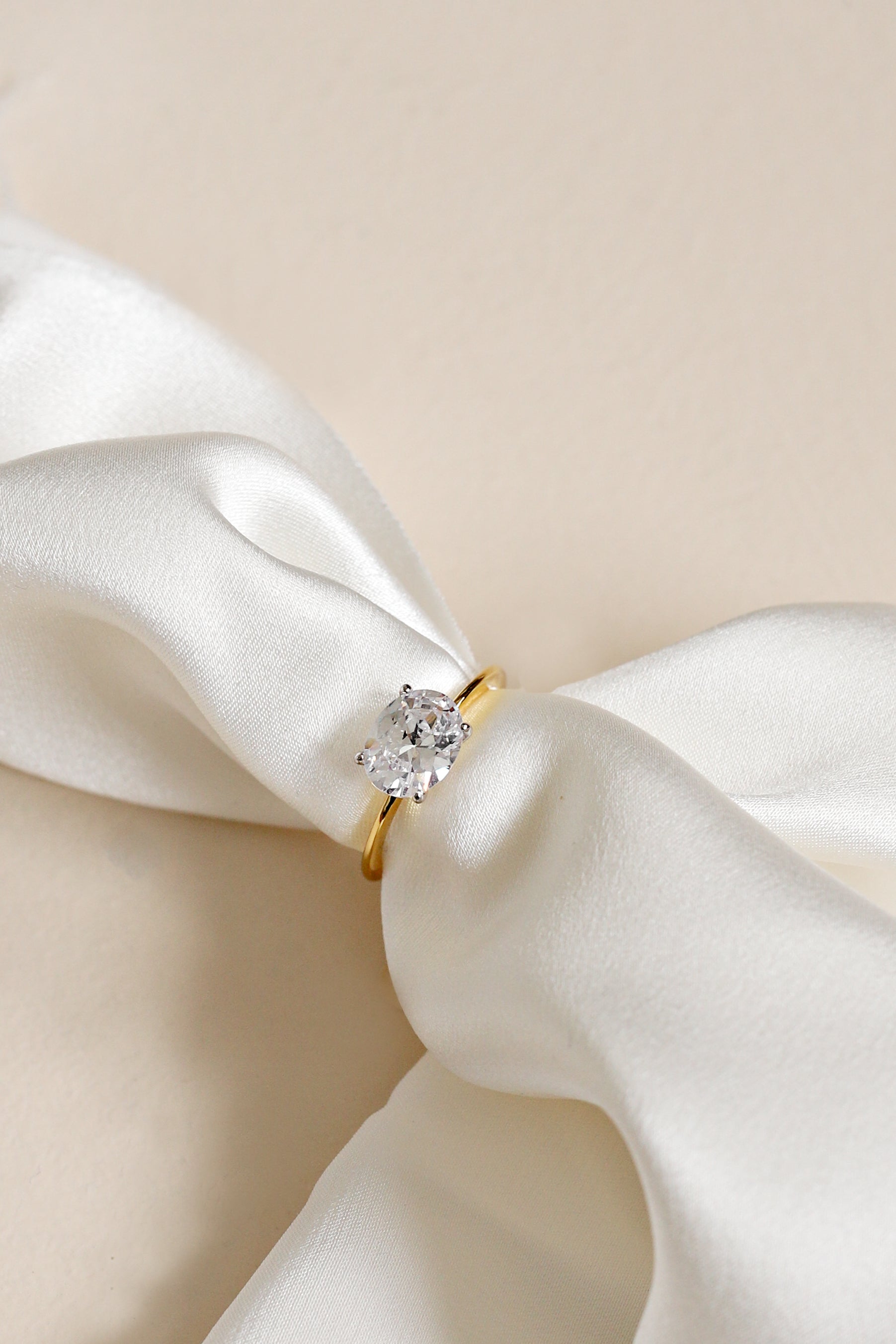Scratch hardness
Definition and Importance of Scratch Hardness
- Scratch hardness refers to the resistance of a material to scratches and abrasion by a harder material drawn forcefully over its surface.
- It is measured using a sclerometer and is less affected by surface variations compared to indentation methods.
- Scratch hardness tests have been used for a long time to quantify materials.
- Friedrich Mohs developed the first scientific attempt to measure scratch hardness in 1812, known as the Mohs scale.
- The Mohs scale is based on the relative scratch hardness of different materials, with talc assigned a value of 1 and diamond assigned a value of 10.
Limitations and Modifications of the Mohs Scale
- The Mohs scale had two limitations: it was not linear and most modern abrasives fall between 9 and 10 on the scale.
- Raymond R. Ridgway modified the Mohs scale by giving garnet a hardness of 10 and diamond a hardness of 15.
- Charles E. Wooddell extended the scale further by using resistance to abrasion and extrapolating the scale based on 7 for quartz and 9 for corundum.
- Wooddell's scale resulted in a value of 42.4 for South American brown diamond bort.
- There is a linear relationship between cohesive energy density and Wooddell wear resistance, occurring between corundum (H=9) and diamond (H=42.5).
Scratch Hardness Test Methods
- Scratch hardness test refers to any of a number of methods used to measure scratch hardness.
- These methods aim to quantify the resistance of a material to scratches and abrasion.
- The sclerometer is commonly used to measure scratch hardness.
- The scratch test involves forcefully drawing a harder material over the surface of the material being tested.
- The results of the scratch hardness test can provide valuable information about the durability and wear resistance of materials.
Applications of Scratch Hardness
- Scratch hardness testing is widely used in various industries, including materials science, engineering, and manufacturing.
- It is used to assess the hardness, durability, and wear resistance of materials.
- Scratch hardness tests help in the selection of appropriate materials for specific applications.
- The results of scratch hardness tests can be used to compare and rank different materials based on their resistance to scratches and abrasion.
- Scratch hardness testing is crucial in industries such as automotive, aerospace, and construction, where materials need to withstand harsh conditions.
Further Research and Development in Scratch Hardness
- Ongoing research aims to improve the accuracy and precision of scratch hardness testing methods.
- Scientists are exploring new techniques and instruments to measure scratch hardness.
- The scalability of scratching for different probes and depths opens new avenues for miniaturization and extracting fracture properties of materials at smaller length scales.
- The relationship between scratch hardness and other material properties, such as fracture toughness, is an area of active research.
- Advances in scratch hardness testing can contribute to the development of more durable and wear-resistant materials for various applications.
Scratch hardness Data Sources
| Reference | URL |
|---|---|
| Glossary | https://harryandcojewellery.com.au/blogs/glossary/scratch-hardness |
| Wikipedia | http://en.wikipedia.org/wiki/Scratch_hardness |
| Wikidata | https://www.wikidata.org/wiki/Q17125523 |
| Knowledge Graph | https://www.google.com/search?kgmid=/m/0x2cbcg |



